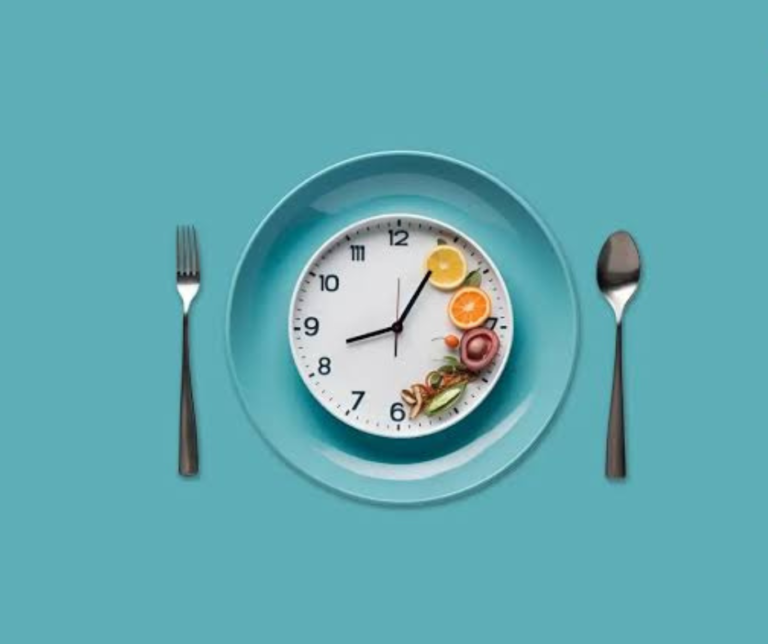Emotional Eating: How to Break the Cycle & Lose Weight Mindfully
Have you ever found yourself reaching for a tub of ice cream after a stressful day? Or mindlessly munching chips while binging Netflix, even though you’re not hungry? That’s emotional eating—and it’s one of the biggest roadblocks in weight loss journeys.
In this article, we’ll dive into what emotional eating really is, how to recognize it, and practical, science-backed ways to overcome it. Get ready to heal your relationship with food and lose weight the mindful way.
What Is Emotional Eating?
Emotional eating is using food to cope with feelings instead of hunger. This might include eating when you’re sad, bored, anxious, stressed, or even happy. While it offers temporary comfort, it usually leads to guilt, weight gain, and a deeper disconnection from your body’s true hunger cues.
Key Signs of Emotional Eating:
- Craving specific comfort foods (usually high in sugar, salt, or fat)
- Feeling a lack of control around food
- Eating even when physically full
- Eating as a reward or punishment
- Feeling guilt or shame after eating
Unlike physical hunger, which comes on gradually and can be satisfied with almost any food, emotional hunger feels sudden and is usually tied to a craving for a specific comfort food. Recognizing this distinction is the first step to gaining back control.
Why Emotional Eating Happens
1. Stress and Cortisol Spikes
When you’re stressed, your body releases the hormone cortisol, which increases appetite—especially for sugary, fatty foods. It’s a survival mechanism from our ancestors, but in modern life, this often leads to overeating when under pressure.
2. Learned Habits from Childhood
Many emotional eating behaviors are learned early in life. Maybe you were given a cookie when you were sad or punished by not getting dessert. These patterns stick with us unless consciously unlearned.
3. Lack of Emotional Awareness
Sometimes, we don’t know how to sit with difficult emotions. Eating becomes a way to avoid feeling sadness, anxiety, boredom, or loneliness.
4. Dieting and Restriction
Strict diets can backfire. When you deprive yourself for too long, your brain rebels with binge episodes. This rollercoaster of restriction and indulgence worsens the emotional connection to food.
5. Low Self-Esteem
If you’re struggling with body image or self-worth, emotional eating can become a vicious cycle: feeling bad, eating to soothe, feeling guilty, and starting over again.
The Dangers of Emotional Eating
- Weight Gain: Eating in response to emotion often leads to excess calories and fat storage.
- Increased Risk of Chronic Disease: Consistently overeating contributes to obesity, insulin resistance, and heart disease.
- Mental Health Impacts: Guilt, shame, and a poor self-image often follow episodes of emotional eating.
- Poor Sleep and Low Energy: Junk food spikes your energy and crashes it later, disrupting your sleep and mood.
- Relationship Strain: Emotional eating can lead to withdrawal, irritability, and avoiding social situations.
How to Break the Cycle of Emotional Eating
1. Practice Mindful Eating
Mindful eating brings your full attention to the eating experience, helping you tune into true hunger and satiety.
Tips:
- Eat slowly and chew thoroughly.
- Pause halfway through your meal and ask, “Am I still hungry?”
- Use all five senses while eating to enhance satisfaction.
Mindfulness retrains your brain to appreciate food and recognize when you’ve had enough.
2. Track Your Triggers
Use a food and emotion journal to note when and why you’re eating. Over time, you’ll identify patterns like boredom snacking or post-work stress binges.
Journal Prompts:
- What emotion am I feeling?
- What food am I craving?
- What happened right before I wanted to eat?
- How do I feel after eating?
3. Find Alternative Coping Strategies
Replace food with activities that provide similar comfort or distraction without the calories.
Healthy Alternatives:
- Take a walk in nature
- Practice a 10-minute meditation
- Drink a glass of water or herbal tea
- Engage in a hobby like drawing, knitting, or reading
- Play music or dance around the room
4. Create a Healthy Eating Routine
Plan regular, balanced meals and snacks to prevent extreme hunger, which often leads to emotional eating.
Meal Planning Tips:
- Never skip breakfast—it stabilizes blood sugar for the day
- Include protein with every meal
- Keep healthy snacks on hand
- Hydrate consistently throughout the day
5. Manage Stress Effectively
Stress management isn’t just about bubble baths. It’s about long-term, sustainable practices.
Stress Management Techniques:
- Daily journaling
- Talking to a friend or therapist
- Setting boundaries to reduce overwhelm
- Creating a work-life balance
6. Set Realistic Goals and Practice Self-Compassion
Avoid perfectionism. You will have setbacks—and that’s okay.
Affirmations to Try:
- “One meal doesn’t define my progress.”
- “I am learning and improving every day.”
- “I forgive myself and move forward.”
7. Consider Professional Help
If emotional eating feels out of control, therapy can help. Cognitive Behavioral Therapy (CBT), intuitive eating coaching, or support groups can provide structure and empathy.
Mindfulness Techniques for Emotional Eating
1. The HALT Technique
Before reaching for food, pause and ask:
- Am I Hungry?
- Am I Angry?
- Am I Lonely?
- Am I Tired?
This acronym can stop mindless eating in its tracks by helping you identify what you really need.
2. 5-4-3-2-1 Grounding Exercise
Use this tool to stay present during cravings:
- 5 things you can see
- 4 things you can feel
- 3 things you can hear
- 2 things you can smell
- 1 thing you can taste or be grateful for
3. Deep Belly Breathing
Try this before meals:
- Inhale for 4 counts
- Hold for 4 counts
- Exhale for 6 counts
- Repeat 3-5 times
This calms the nervous system and helps you approach food more peacefully.
What to Eat to Support Emotional Balance
Nutrition plays a role in mental health. Build your meals with mood-supporting foods.
- Complex Carbs: Oats, brown rice, sweet potatoes—help release serotonin.
- Omega-3 Fats: Found in salmon, flaxseeds, walnuts—support brain health.
- Magnesium-Rich Foods: Spinach, avocado, dark chocolate—reduce stress.
- Protein-Rich Foods: Chicken, lentils, Greek yogurt—stabilize mood and blood sugar.
- Hydration: Dehydration can feel like hunger. Drink enough water daily.
- Herbal Teas: Chamomile, peppermint, and lavender teas soothe your mind.
Final Thoughts: Healing, Not Just Weight Loss
Overcoming emotional eating isn’t just about dropping pounds—it’s about reconnecting with your body and emotions. When you stop using food to numb feelings and start addressing your emotional needs directly, everything changes.
This is not about willpower—it’s about awareness.
Remember, healing takes time. Celebrate every small win. Recognize every moment you choose mindfulness over a mindless snack as a victory.
You are not broken. You’re human—and you’re learning.
Stay mindful, stay curious, and most importantly—be kind to yourself. You’re on the right path.







